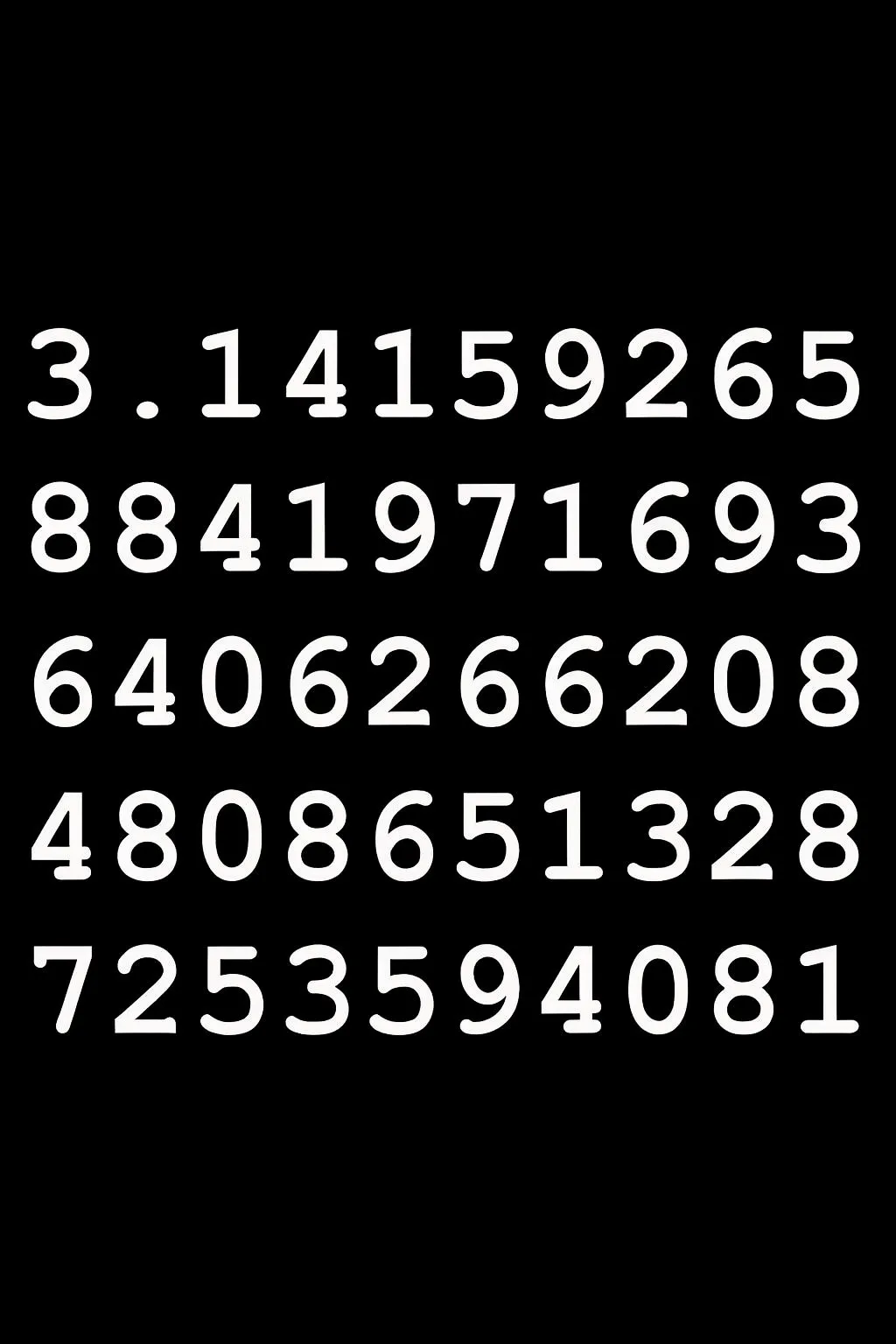
The Ocean's Relation to Pi
Numbers may seem far from the shoreline, yet Pi—the infinite constant of circles—quietly shapes how we understand the sea. This simple ratio of circumference to diameter links geometry to tides, waves, and navigation. In every curve of the ocean’s surface, Pi is there, unseen but essential.
Pi: A Constant Companion
Defined as 3.14159 and extending forever beyond, Pi is the ratio of every circle. It is infinite, irrational, and universal—a number that transcends scale. Whether drawn on paper, carved into stone, or applied to the globe itself, Pi never changes. Its stability makes it one of science’s most reliable tools.
Oceanographers and Waves
Waves may look chaotic, but beneath their movement are patterns defined with circles. Oceanographers use Pi to measure wavelength, frequency, and speed. When a wave travels across oceans, its circular motion beneath the surface can be described with equations grounded in Pi. From storm surges to erosion studies, mathematics reveals order in the sea’s turbulence.
Circles in Navigation
For centuries, sailors traced arcs across maps, using stars and compasses to measure distance in circles. Today, modern navigation still depends on Pi. The great circle distance—the shortest route between two points on Earth—is calculated with it. Currents swirl in gyres, cyclones spin, and even the globe itself turns—all circular movements expressed with Pi’s timeless logic.
Lunar Tides and Orbital Rhythms
The moon and sun orchestrate tides through their orbits. To predict tidal cycles, scientists model celestial paths as circles and ellipses, calculating gravitational pull with Pi. Each high tide, each retreat of water, is part of a cosmic geometry where numbers and forces intertwine.
Circles in Life
Not all of Pi’s connections are in equations. In the ocean, nature echoes its geometry. Schools of fish circle together for protection. Sea stars radiate with symmetry. Seashells coil in spirals that trace mathematical curves. These forms remind us that patterns of life are often circular, resonating with the principles Pi represents.
Pi as Bridge Between Worlds
Pi is more than a constant—it is a bridge. It connects abstract mathematics to the tangible sea, turning numbers into currents and tides. It shows us that the language of geometry is also the language of the ocean.
The next time you stand at the water’s edge, remember that the waves carry not only salt and foam but also the quiet presence of mathematics. In Pi, the circle of the sea and the circle of thought converge, infinite and eternal.
🔵 The Ocean's Relation to Pi — Sources
NOAA Ocean Exploration. Great Circles and Ocean Navigation.
Stewart, R. H. (2008). Introduction to Physical Oceanography.
Livio, M. (2002). The Golden Ratio and Pi in Nature.
Cartwright, D. E. (1999). Tides: A Scientific History. (sections on harmonic analysis).
Pi Day Org. Pi in natural patterns.